Hot Products
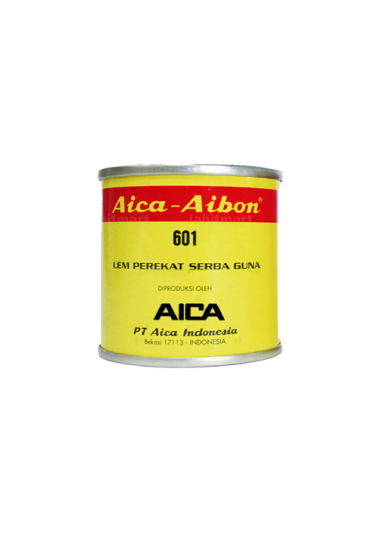
Aibon 601 (70 gr)
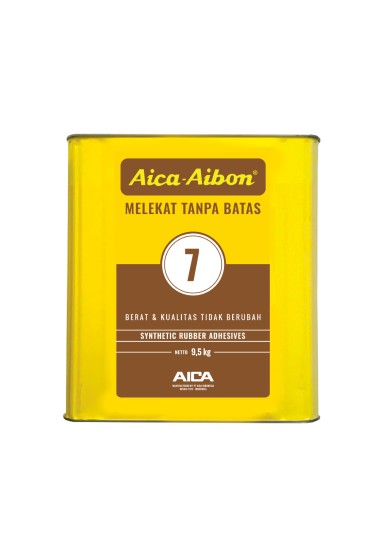
Aibon 7 (9.5 kg)
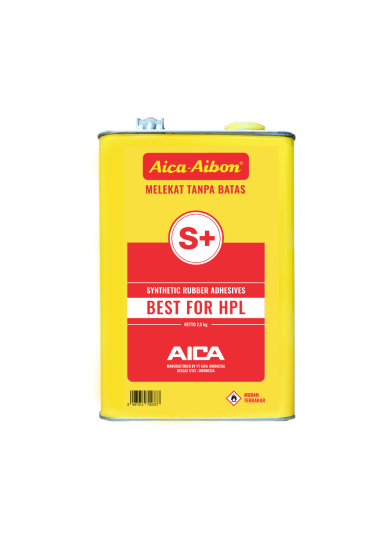
Aibon S+ (2.5 kg)
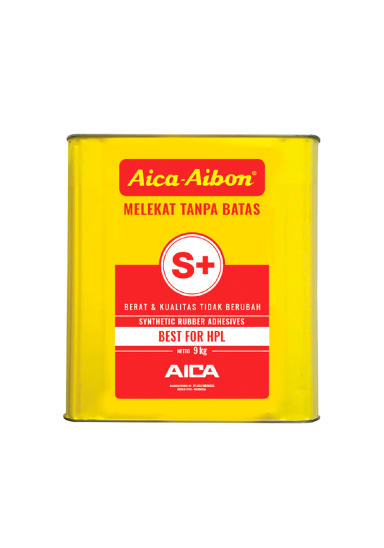
Aibon S+ (9 kg)

HAK-14038-ZM83
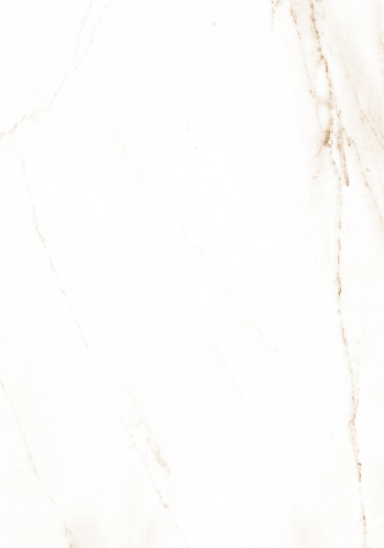
XKAF-14198-ZMN
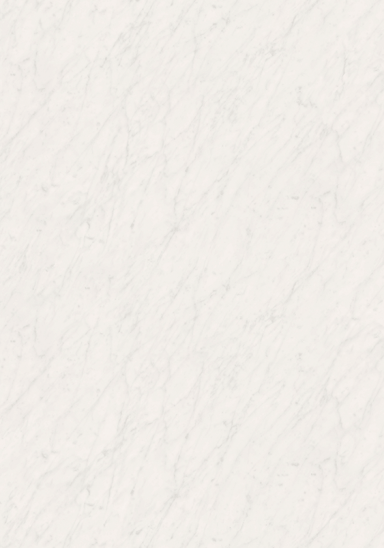
XKAF-14038-ZMN
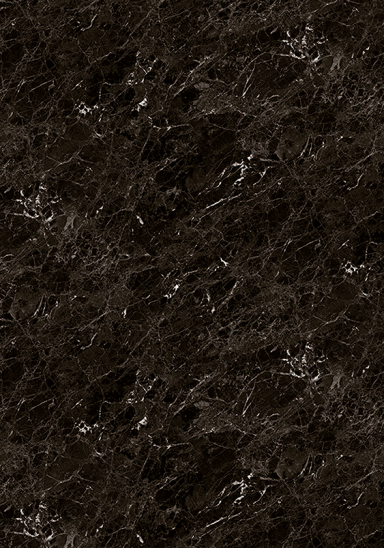
XKAF-14040-ZMN
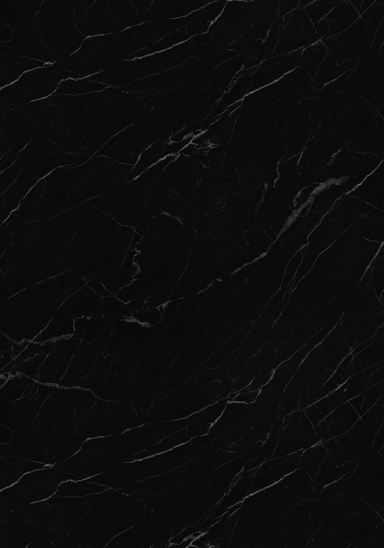
XKAF-14146-ZMN
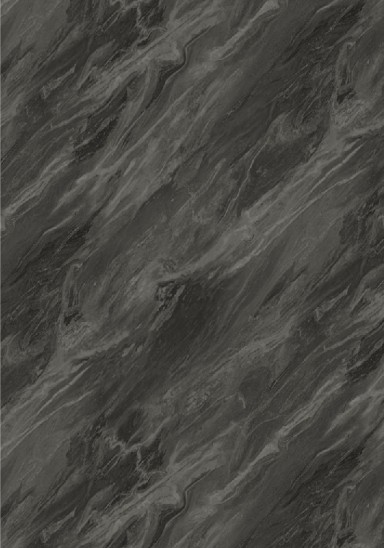










Wall panels are a very popular interior finishing material these days. Besides their diverse range of options, their popularity is also believed to be due to their aesthetic appearance and their ability to offer an alternative to natural materials, which can be more complex to install.
But do you know which areas are typically used for wall panel? Some interior wall areas that commonly use wall panels include:
These areas are very common for interior wall panels, but don't be careless in choosing wall panel materials. Some areas, such as kitchen backsplashes and bathroom walls, require specific specifications for the wall panels used.
As mentioned previously, wall panels for kitchen backsplashes must meet specific specifications and cannot be chosen carelessly. Here are tips for choosing wall panels for kitchen backsplashes according to AICA Indonesia.
This point seems obvious and is essential. Considering that the kitchen backsplash is the wall surrounding the sink, it naturally experiences high levels of water exposure. Choosing water-resistant materials can make maintenance easier, as they typically won't impact the product if exposed to water continuously.
If you choose the wrong material, continuous water exposure on non-water-resistant wall panels can deform the wall panels (they can expand from their original shape), and some can even develop mold and rot.
This is especially important if you plan to renovate the sink wall and stove area as a single unit. In Indonesia, it's common practice to use the same material for the sink wall and stove area, minimizing joints.
The heat-resistant material you choose for your wall panel is essential if you intend to use it around the stove area. This is because exposure to heat from the stove can cause black spots (burning) on materials that are not heat-resistant, or worse, can burn and damage the wall panel surface, even if the contact is only heat induction and not a direct flame.
Next, choose a material with a large area. This is more for aesthetic reasons. By choosing a wide-area product, you can minimize the use of grout/joints, as is common with ceramic materials.
For example, CERARL wall panels from AICA come in large sizes of 90 x 240 cm and 120 x 240 cm per sheet, allowing them to be used on kitchen backsplashes and stovetop walls with a single, seamless sheet. Fewer joints are considered more aesthetically pleasing and add a touch of luxury to your kitchen.
While not everyone is careless, choosing impact-resistant materials can be a valuable investment to minimize maintenance and sudden renovation costs if your wall panels are damaged. Collisions in the kitchen are very likely, especially with cooking utensils, which are generally made of metal and other hard materials. Therefore, the product you choose must be able to anticipate this.
Unlike water resistance, stain absorption is a different matter. Materials like granite or marble may be water-resistant, but most of them can still absorb stains. This is because these two materials still have pores that can absorb stains if left for too long.
Choose a non-porous material to minimize the chance of stains you forgot to clean from setting in and becoming stubborn.
-
These are some tips to consider when choosing kitchen backsplash materials. As the era becomes more modern, more and more types of wall panels are appearing on the market. Make sure you choose the right one to get maximum results.
Need a wall panel that meets all of the points above? Contact the Aica Indonesia Official WhatsApp now!
SHARE